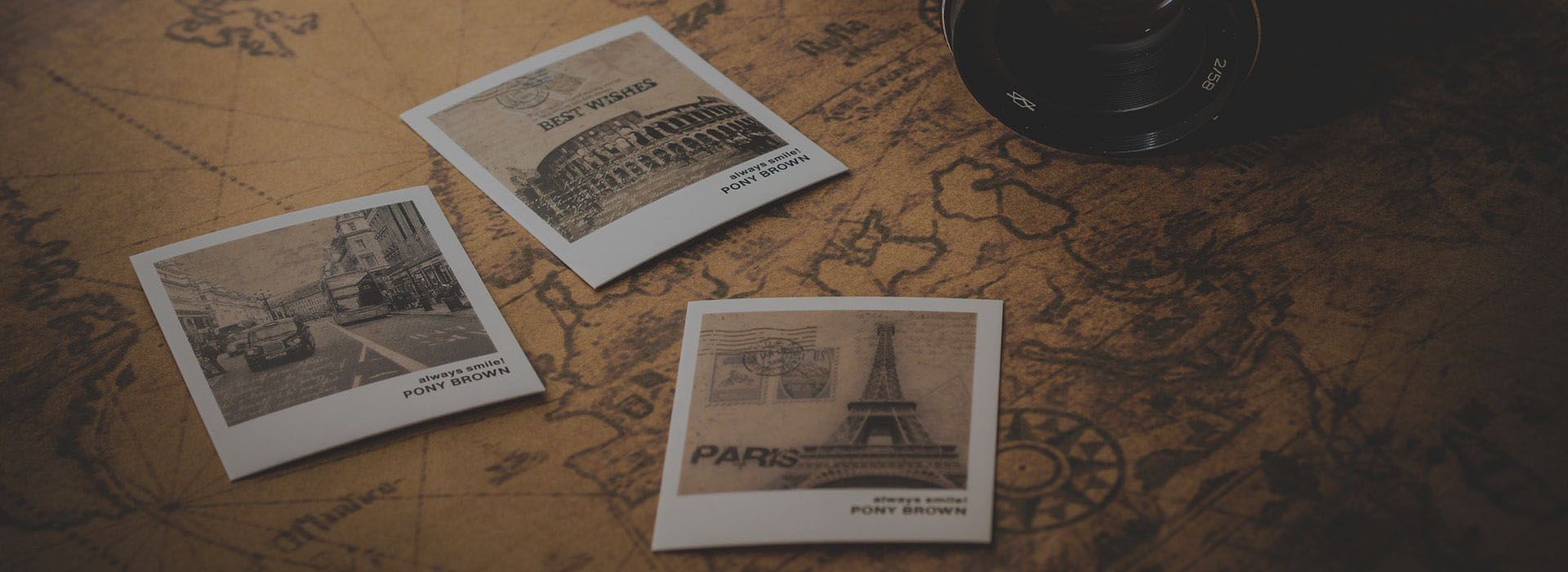Shanxi
Shanxi’s name literally means “the west of the mountain”, which refers to the province’s location west of the Taihang Mountains. Not to be confused with its neighbouring Shaanxi Province, it is arguably the best province for tourists wanting to explore the beginnings of Buddhism in China. The province has some of the oldest examples of Buddhist culture in China. It is also a popular overland route for people travelling between Beijing and Xi’an.
Taiyuan
The capital of Shanxi Province, Taiyuan, with a population of 2 million, is a popular transit point for travellers en route to Pingyao, in the south, and Wutai Shan in the north.
Shanxi Museum
The Shanxi Museum opened in 2005 and has 3 floors filled with tomb relics, bronze statues, fossils and coffin murals, amongst others. It is reputed to be one of the best museums in China.
Chongshan Temple
Located north-east of May 1st Square, the Chongshan Temple is most famous for its three statues of bodhisattvas.
Twin Pagoda Temple
As the name suggests, this temple has two identical pagodas, dating from the Ming Dynasty. They are 13 story’s high and octagonal in shape.
Jinci Temple
Built nearly 100 years ago, Jinci temple is a fine example of an ancient wooden building. It is located at the source of the Jin River, 25kms from Taiyuan.
Pingyao
When tourists want an authentic, well preserved, ancient walled city in China, they come to Pingyao. Once a thriving merchant town, it is now the best example of life as it once was in imperial China.
Shuanglin Temple & Zhenguo Temple
Both Shuanglin Temple and Zhenguo Temple are fine examples of Buddhist temples. Shuanglin Temple is located to the south of Pingyao, whilst Zhenguo Temple is to the north.
Wutai Shan
Wutai Shan, meaning “Five Terrace Mountains”, is Buddhism’s sacred northern mountain range as it is reputed to be the earthly abode of the Bodhisattva of wisdom.
Unless you are a Buddhist pilgrim intent on studying here, the numerous temples and hiking trails are the main attractions.
Taihuai
Taihuai is renowned as the town of temples. The main temples worth exploring include Tayuan Temple, Xiantong Temple and Nanshan Temple.
Datong
On the edge of the Mongolian Grasslands, Datong is closer to Hohhot than Beijing. One of the best places in China to experience Buddhist culture, the Yungang Caves and Hanging Monastery are the main attractions.
Yungang Caves
Carved over 1500 years ago, the Yungang Caves are the earliest examples of Buddhist art in China. At its peak there were 50,000 statues in over 250 caves. Nowadays, 20 grottoes are accessible. The stone carvings are highly detailed and seem almost life-like.
Hanging Monastery
The Hanging Monastery is so named as its creators built the monastery into the side of a cliff. Located 60kms from Datong, the 1500 year old monastery has been continually raised to avoid flooding from the riverbed below. It now sits over 50m above the ground.
Shanhua Temple & Huayan Temple
Both Shanhua Temple and Huayan Temple offers visitors the chance to experience ancient Buddhist temples. Both are over 900 years old and contain numerous statues of Buddha.
Nine Dragon Screen
The Nine Dragon Screen is an example of a spirit wall which stops evil spirits form entering a building. This particular screen protected an ancient Ming Dynasty Palace and is an impressive 50m long and 10m high.
Mu Ta
Arguably, the world’s oldest wooden buildings, the Mu Ta was built 900 years ago. Like the Temple of Heaven in Beijing, there were no nails used in the construction of this 70m high building. It is reported to have survived over 5 earthquakes throughout the centuries.


